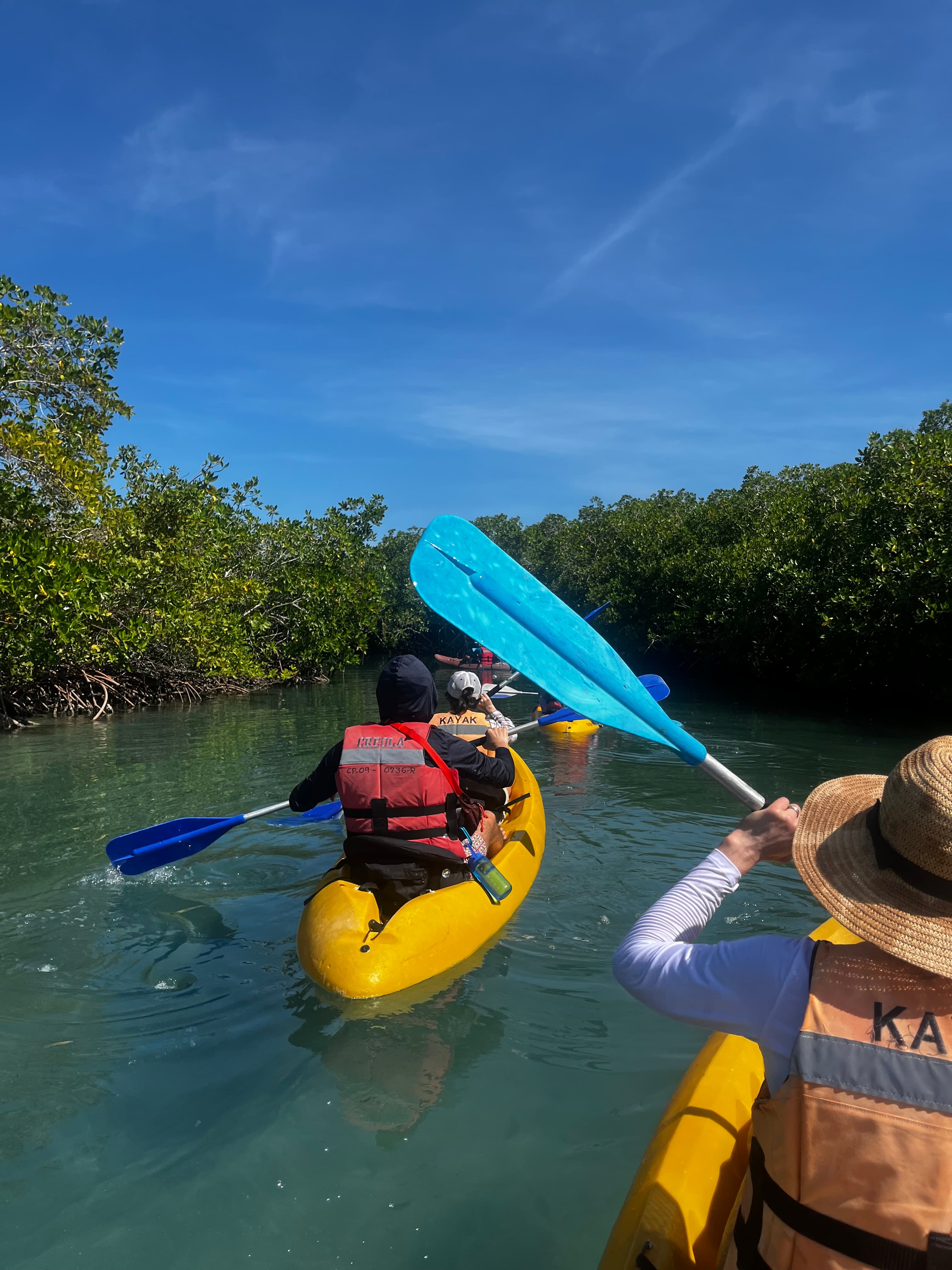The Importance of Mangroves for Biodiversity and Humans

Conservation Spotlight: Mangroves
Uniquely positioned at the interface between sea and land, mangrove (Rhizophora) forests provide habitat for thousands of different marine and terrestrial species, from plankton and starfish to shorebirds and monkeys. On our most recent trip to Sanguaré Nature Reserve in northwest Colombia, our guide Jacobo explained to us that there is more diversity in a square meter of their mangrove shoreline than you would find in an entire hectare (2.5 acres) of the adjacent tropical forest.
Today, mangroves are one of the most endangered ecosystems in the world, rapidly declining due to coastal development, agriculture, shrimp farming, and other industries. A new report from IUCN found more than 50% of mangrove ecosystems around the globe are at risk of collapse.
Mangrove decline is proving highly problematic not just for wildlife but also for humans. Mangroves perform countless services that directly benefit us, such as stabilizing shorelines and protecting human infrastructure; supporting bountiful populations of lobster, fish, and other ocean foods; trapping pollution and sediment that would otherwise move into the ocean, and much more.
Many people around the world are working hard to protect and restore mangrove habitat. Join us in Colombia to see firsthand how one nature reserve is stewarding and celebrating their mangroves and educating other local communities to do the same. Or come to Vietnam to participate in mangrove restoration efforts in the Mekong Delta region, where fishing communities are propagating mangrove trees in order to reforest degraded areas. Learn more about our trips: www.enlightglobal.org